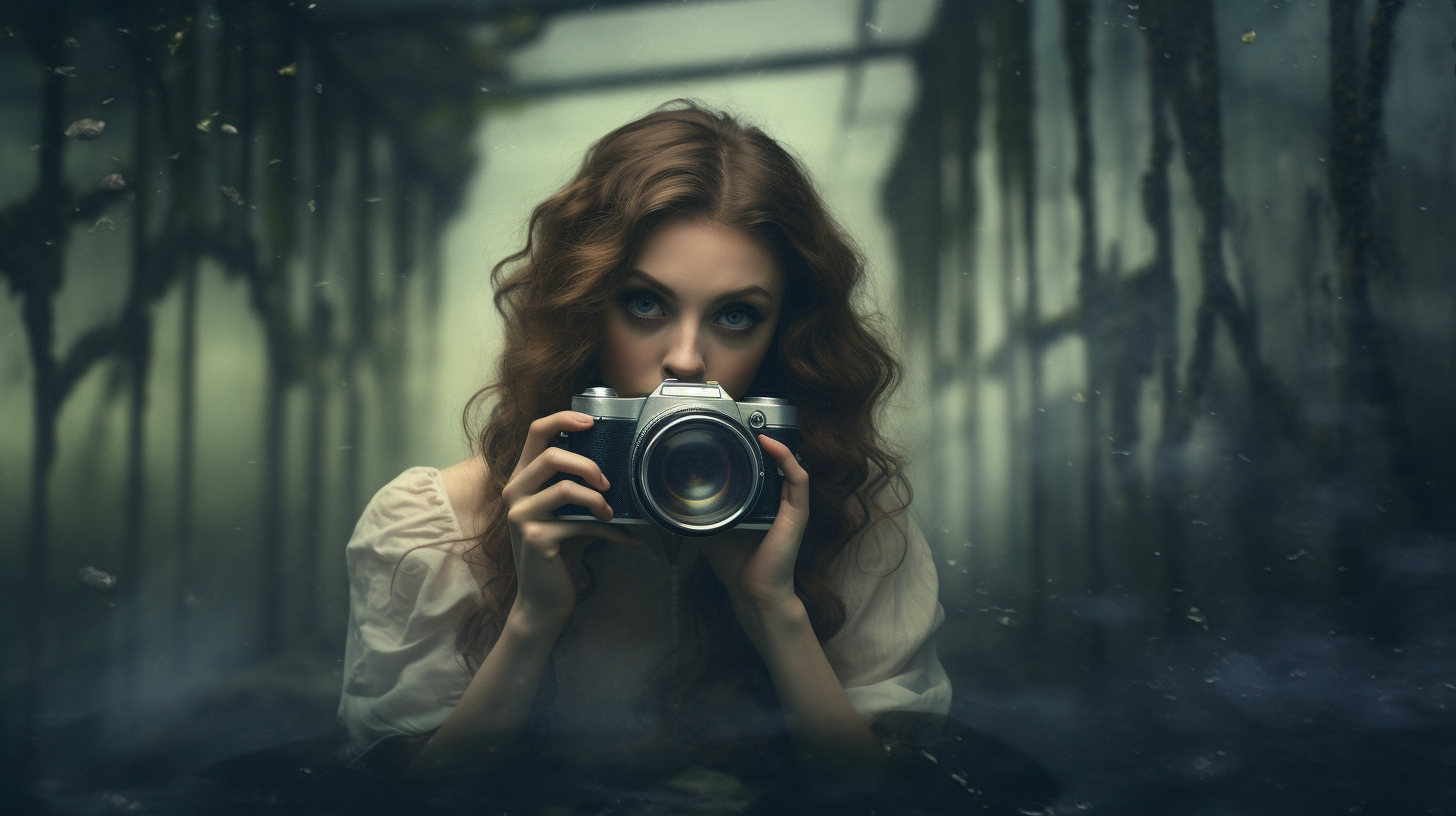From the mesmerizing power of a strong photograph to the sweeping momentum of a majestic video, there’s something truly magical about the way that art can be captured and presented through photography and videography. Nothing quite captures the spirit and imagination of a work of art in the same way as when it’s immortalized through the lens of a camera. In this article, we explore the unique opportunities available to those wishing to explore the world of art through photography and videography. Let’s dive into a journey of visual exploration!
1. Capturing Colorful Beauty Through Photography & Videography
Capturing colorful beauty through photography and videography is one of the most rewarding and enjoyable forms of creative art. Whether you’re in a busy city, the countryside, or the beachfront, there’s a near-infinite number of magnificent colors and vistas that you can use to create a beautiful, timeless piece of artwork.
Before you get started with your next photography and videography project, here are a few important tips:
- Find the proper balance of light and color: It’s easy to go overboard with colors, especially when they’re competing with a lot of backlight or bright sunlight. Make sure to find the right blend of light that best captures the true beauty of the colors you’re trying to capture.
- Capture the environment: When the colors are vibrant, make sure to include elements of the environment that helps bring out the tone in the colors. This could be animals, plants, people, or anything else that will give your project a greater impact.
- Try new techniques: Experimenting with different techniques could help you discover a hidden potential for capturing colorful images. Try new techniques like shutter speed, color filter, contrast enhancement, and dynamic range.
With a little practice, any photographer and videographer can become a master of their art when it comes to capturing colorful beauty. By brushing up on the basics of colors and light and practicing with various techniques, you’ll be able to create mesmerizing pieces of art that you can be proud of.
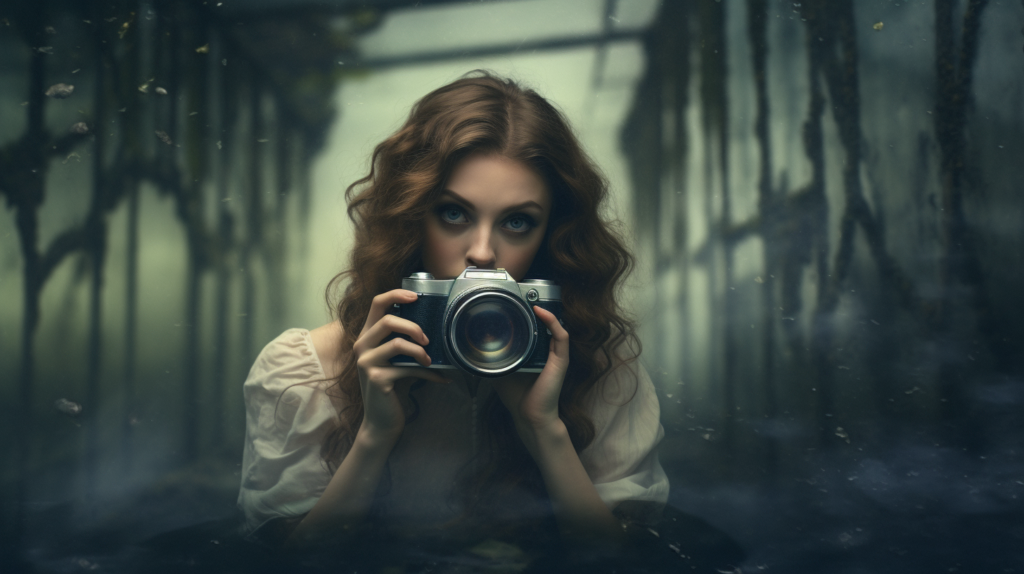
2. Discovering the World’s Wonders Through a Lens
The world is full of wonders, so much so that they can only be appreciated through a lens. To many, photography serves as an art form, allowing them to appreciate the world as a whole. By seeking out the greatest sights of the world, one can create an amazing portfolio of photographs and stories. Here is a glimpse at the best places to explore.
- Ancient Ruins – With many of the world’s oldest buildings and monuments still standing, it is no wonder photographers are drawn to them. From the Parthenon in Greece to the Great Wall of China, photographers can explore ruins and monuments to capture amazing shots that will take one’s breath away.
- Natural Wonders – Another favorite amongst photographers is the natural wonders that can be found throughout the world. From the rugged peaks of the Andes to the beautiful canyons in the United States, there are countless wonders to capture. All one needs is a great camera and some imagination in order to capture the truly awe-inspiring beauty of nature.
- Urban Adventures – Cities also provide endless possibilities for photographers. From the bustling streets of New York City to the majestic skyline of Hong Kong, there is something for everyone. Exploring famous landmarks is just as much fun as taking in the energy of a city.
No matter what type of photography one enjoys, the wonders of the world can be captured and appreciated through a lens. Whether seeking out ancient ruins, natural wonders, or traversing a cityscape, photography allows one to take in these breathtaking sites.
All it takes is time, patience, and creativity to compose unique photographs that capture the beauty of whatever part of the world one is located in. Every moment can be turned in to a lasting memory, and there’s no better way to explore the world than through a lens.
3. Exploring Creative Possibilities With Visual Arts
There is no limit to the potential of creative expression one can explore through visual arts. From pencils on paper to the latest technological innovations, there is something for everyone.
For the budding painter, there is a world of color waiting to be unleashed onto the canvas. Working with various types of oil, acrylic or watercolors, you can delve into pure spontaneity or hone your skills in realistic, photo-like interpretations. To make the learning process easier, try starting out with simpler drawing utensils like pencils, charcoals or markers.
For those daring to take experimenting a step further, why not include 3D art and digital art into your artwork? Whether it’s via sculpture, digital drawing or digital photography, you can merge reality and imagination and discover a new layer of creative possibilities. From 3D printing, crafting miniature worlds to applying virtual reality and augmented reality, the opportunities are truly limitless.
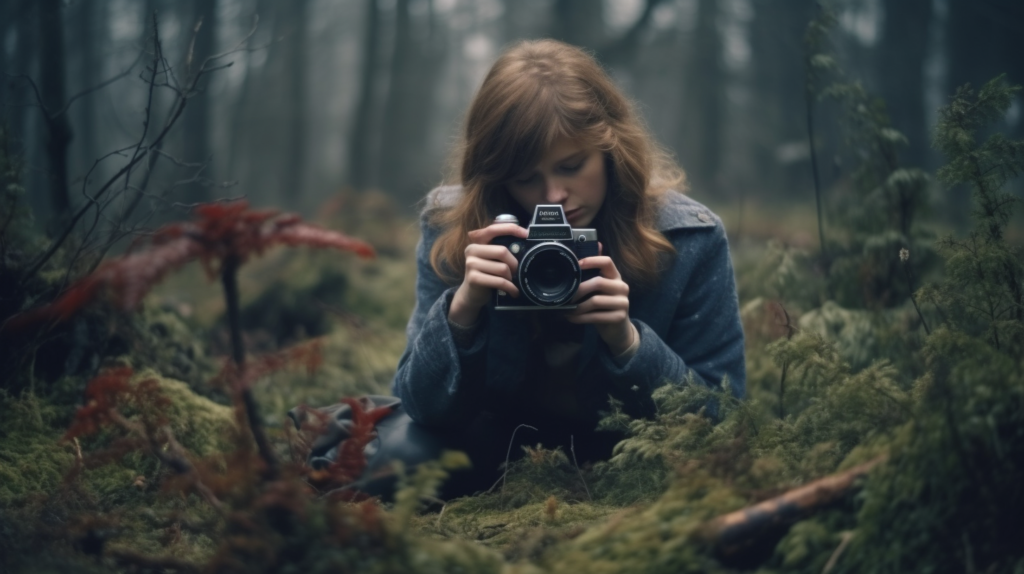
4. Combining Photography & Videography for Maximum Impact
Maybe you don’t want to choose between photography and videography.
You’d much rather have both to capture your event in all its glory.
In this case, why not combine photography and videography for maximum impact?
Using both photography and videography at the same time adds a unique flair to the result, as each type of media captures something different.
- Photography can capture the emotion and surroundings of the event.
- Videography can capture the moment unfolding over time.
- You’ll also get a mix of monumental and candid shots.
It’s truly the best of both worlds!
When it comes time to edit your footage and photos, you can take your pick of digital manipulation tools to make your content pop off the screen. Play with Photoshop, Raw Therapy, and a range of other software tools to give your project that extra dimension.This is something that would be almost impossible if you had to stick with one medium.
5. Finding the Perfect Shutter Speed for Capturing Art
To help ensure the perfect shot for your art, it’s important to find the ideal shutter speed. Here are five tips to help you discover the right shutter speed for capturing art:
- Start slow: When starting out, it’s important not to jump straight into the fastest shutter speeds. Begin with a slow shutter speed, and then gradually increase the speed until you find the right balance.
- Know the environment: Knowing the environment in which you are shooting will help you decide what shutter speed is best. In low-light conditions, you’ll want to bump up the speed. Conversely, in brightly lit environments you may want to decrease the shutter speed to capture the subtle details in the artwork.
- Use a tripod: If you’re having trouble finding just the right shutter speed, then a tripod can be your best friend. This allows you to set up the shot and then precisely adjust the shutter speed to achieve the desired effect.
- Set your aperture: Once you’ve settled on a shutter speed, you should then set your aperture. This will help to ensure that the focus is still on the artwork, rather than the background.
- Experiment: One of the best ways to find the perfect shutter speed is by experimenting until you find the ideal combination. Try different speeds and see how they affect the photo and adjust accordingly.
With these tips in mind, you’ll be able to capture the perfect shot for your art. Remember, it takes practice to get it right, so don’t be discouraged if it takes some trial and error. Once you find the right balance between shutter speed and aperture, you’ll be on the path to photographic success.
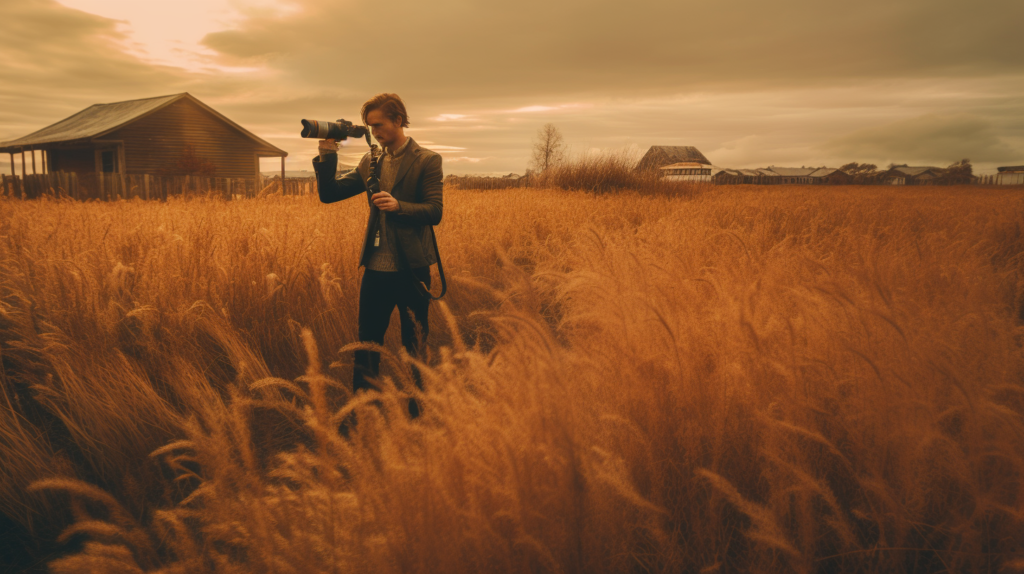
6. Lightening the Mood and Adjusting the Color Scheme
Lighting and color scheme both play an important role in creating the perfect ambiance in a room. To lighten up the mood and adjust the color scheme of a room, there are a few simple steps that can come in handy.
- Add some bright accents. Choose bright colors that contrast against the existing décor and bring in a hint of cheer. A bright throw, a few bright cushions or an area rug can be great additions.
- Increase the amount of light. Natural light is always best, but if you are limited in terms of windows or orientation of the room, consider adding a few lamps or overhead lights.
- Play around with fabrics and hues. Introduce different fabrics in varied colors and create a little drama. Wondering what colors to pick? Go for shades that are modern, warm and lively.
Along with these, you can also choose artworks or furniture pieces with interesting shapes to add that extra layer of oomph to the space. Don’t forget to play with the texture of the walls and accessories to enhance the visual appeal. Give a personal touch to the design of the room and make sure the entire color and lighting palette syncs with your personality. With these tips, you can easily add a sense of light and cheer in a room.
7. Exploring Emotional Themes Through Artful Images & Videos
One of the best ways to explore emotional themes and topics is to create artful images and videos. For example, when making a video, consider using special effects or clever edits to create a sense of emotion in the viewer. Music is also an important element to consider for storytelling and visually expressing emotions.
Beyond just videos, powerful images can also help to convey emotion. Incorporate bright colors, textures, and action to tell a story that resonates with the viewers. Think about the type of photos that make people stop and pause, take a second look, and let the image sink in. Metaphors and symbols can be employed to illustrate and bring together a collection of ideas that explore an emotional theme.
If you’re looking to present an emotional theme, artful images and videos can go a long way. Consider the type of emotion you want people to feel, and then experiment with different approaches to capture it. Take risks with your creativity and push the boundaries to engage and captivate viewers.
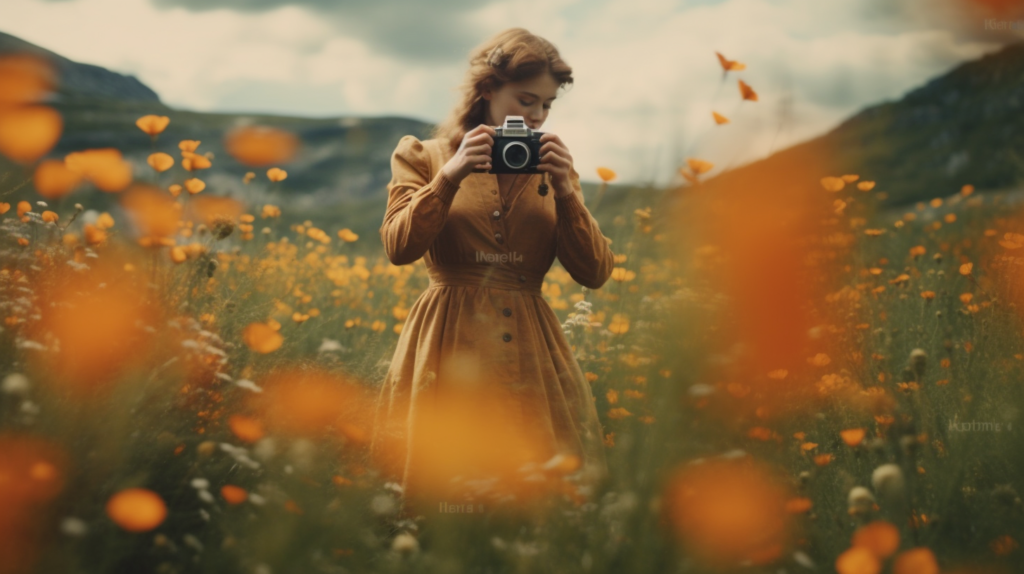
8. Capturing the Magic of Multiple Perspectives
As any photographer or filmmaker knows, capturing a scene from multiple vantage points can open up a world of creativity. Whether you’re a professional or an enthusiast, taking advantage of multiple perspectives can be a great way to add depth to a photo or scene.
When it comes to perspective, there are a few key elements to consider. Firstly, find a spot where you can shoot from different heights and angles. This will allow you to capture different elements in each image, giving your viewers more detailed insight. Secondly, use your camera settings to get the most out of each shot. Adjust things like exposure, shutter speed and ISO to get the right combination for the scene.
Finally, don’t forget to look around and consider variations such as different lenses and composition. By changing the point of view, you can capture a scene in an entirely new light. With a little patience and creativity, you’ll soon have a portfolio of photos .
9. Crafting a Story Through the Assembling of a Powerful Visual
Stories come to life through the power of visual language. Our eyes are captivated by a powerful visual, and with the right composition, color, and direction, a story can rise from the page. This is why assembling a powerful visual to accompany your story is essential.
The key to assembling a powerful visual is understanding the impact of your selected elements. A compelling image is not merely a delicate mix of color and form, but also the message that is conveyed through its composition. You must understand the story’s purpose or theme in order to find the right combination of hues, tones, and shapes that communicate the necessary message.
The communicative power of assembling a powerful visual is an artform. The end result should be an image that conveys the story without relying on words or dialogue. By carefully assembling the pieces of a powerful visual, you can bring your story to life and connect with your audience in an evocative, meaningful way.
10. Drawing Inspiration From the Best of Both Art Forms
Combining the best of both art forms can have amazing results! There is nothing quite like taking the best parts of painting and sculpture to create something truly unique. Here are some tips for drawing inspiration from both mediums:
- Know the Basics: Whether you are a beginner or an experienced artist, understanding the fundamentals of both painting and sculpture will vastly increase your chances of success. Take the time to learn all the basics and acquire the necessary skills to fuse the two art forms seamlessly.
- Think Big: To successfully merge the two art forms you’ll need to think bigger than usual. Thinking outside the box and exploring abstract ideas will enable you to create something entirely new and unique.
- Get Creative: There is no right or wrong way to combine painting and sculpture. So be creative with it and allow your imagination to flow freely. Be bold in your decisions; take risks and don’t be afraid to make mistakes.
It is also important to be aware of the differences between the two art forms while creating. You’ll need to understand how to effectively use, for instance, colour in painting and texture in sculpture to bring balance to your work. In the same way, learn when it is best to use both together and when to avoid it.
With patience and practice, it is possible to make something truly special utilizing the best of both painting and sculpture. Drawing inspiration from the two art forms will open you up to a whole new world of artistic possibilities. So, go ahead and get creative!
Whether you’re an artist, photographer, filmmaker, or just a lover of art—you can create beautiful works of art with photography and videography. Embrace your creativity and explore the depths of the art world. Let photography and videography open the doors for you and let your imagination take you on a journey.
